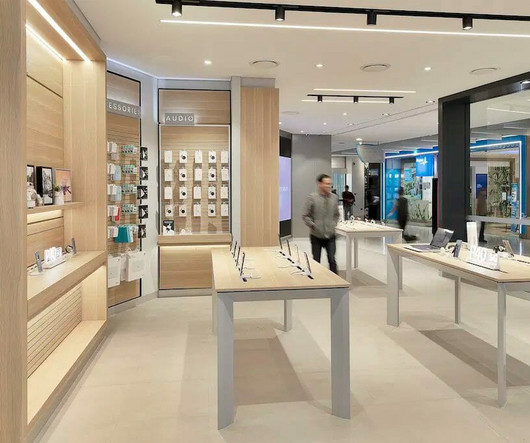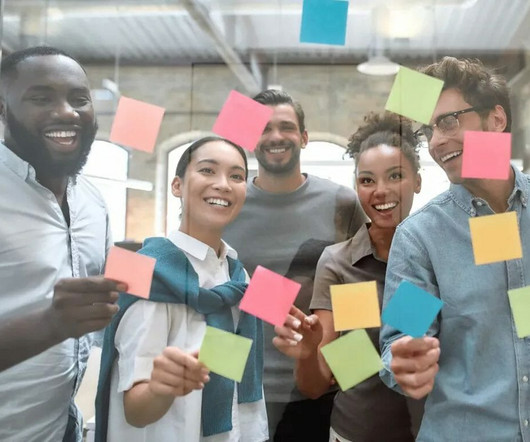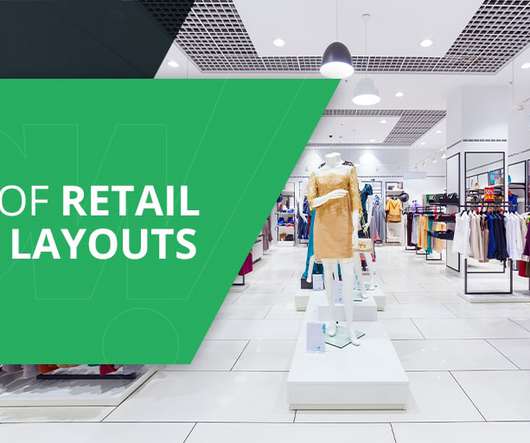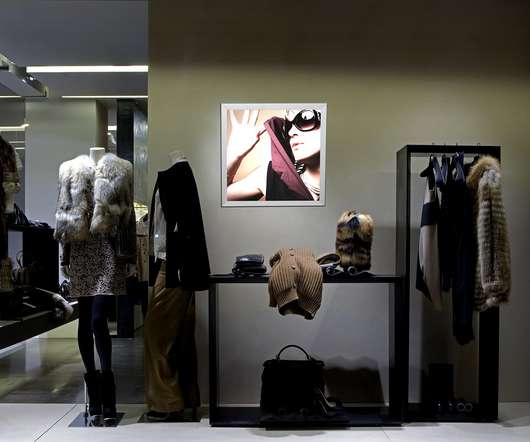How to Master Retail Design Concepts: Transforming Your Store into a Shopper’s Haven
Greater Group
JUNE 9, 2023
Retail design concepts that are well-executed not only brings a brand’s message across to its target market, but reinforces that message to spur that audience into action, i.e. making a purchase and/or encouraging brand advocacy. Lighting is also used to reinforce branding and for placing emphasis on certain products.











Let's personalize your content